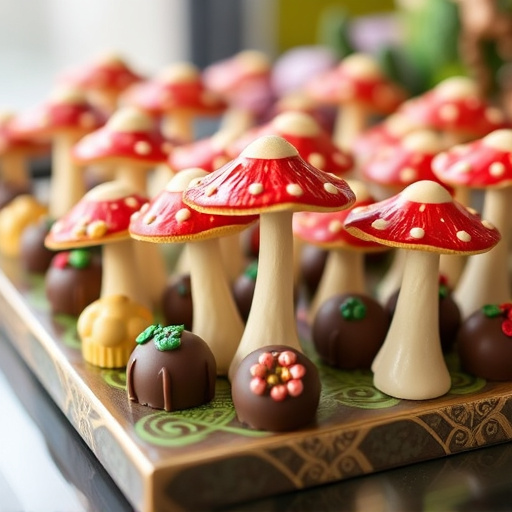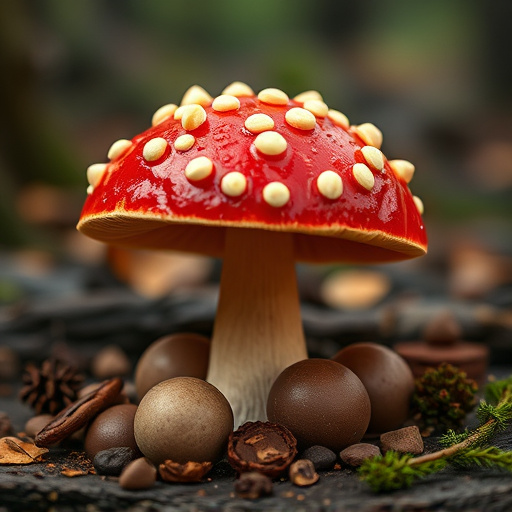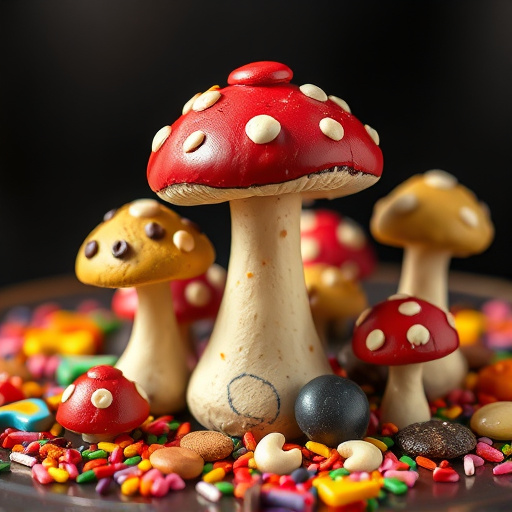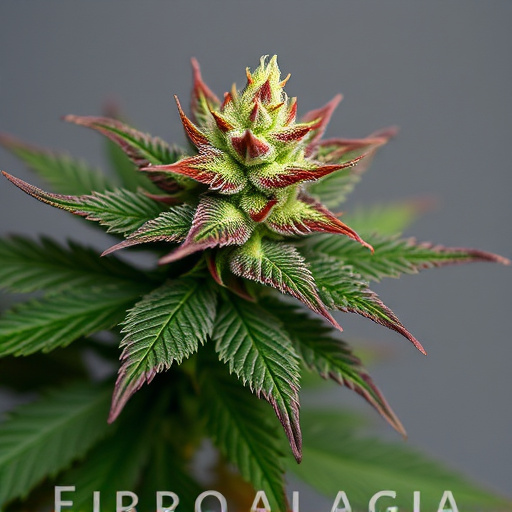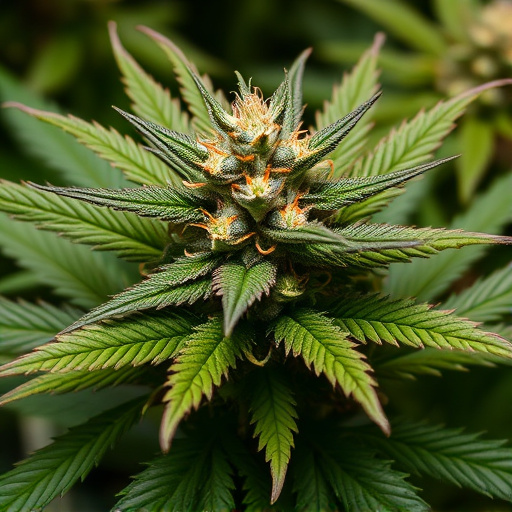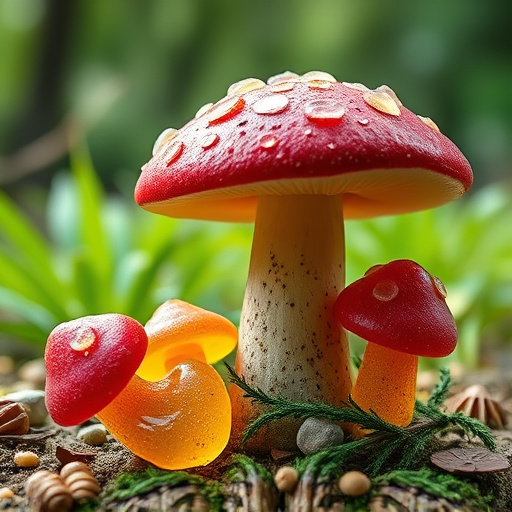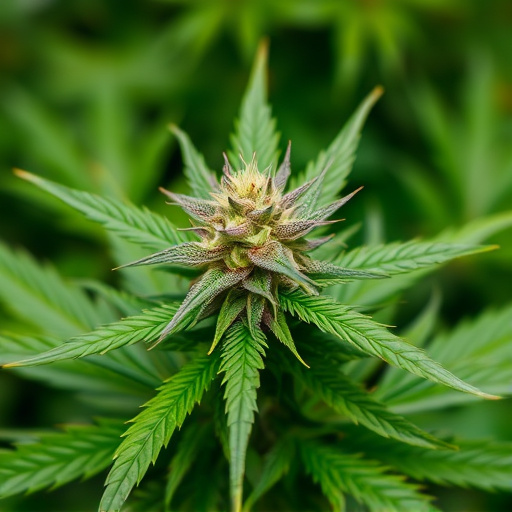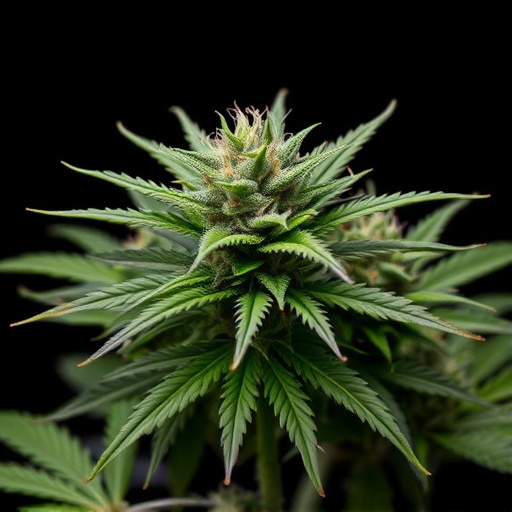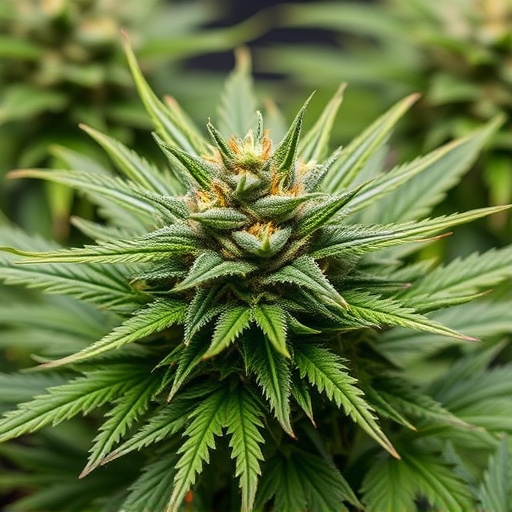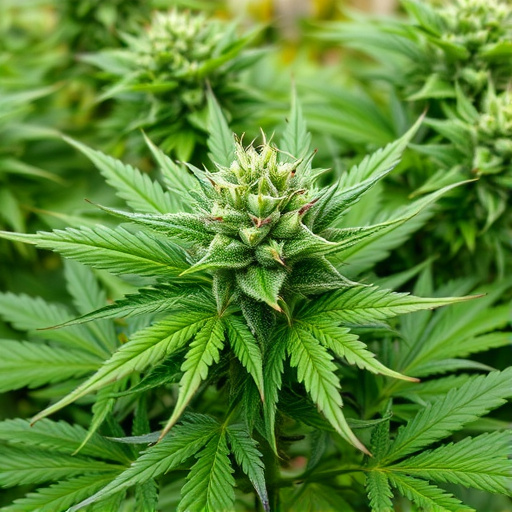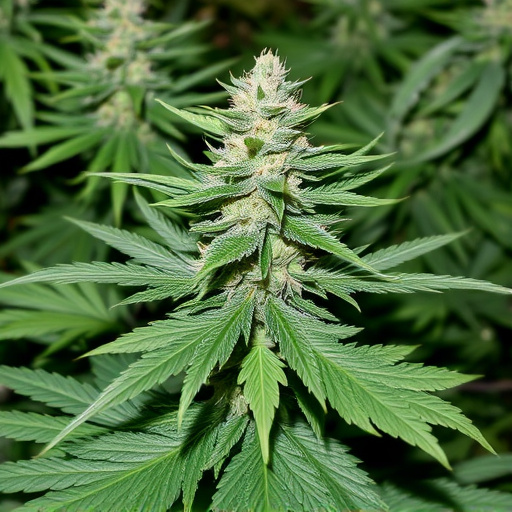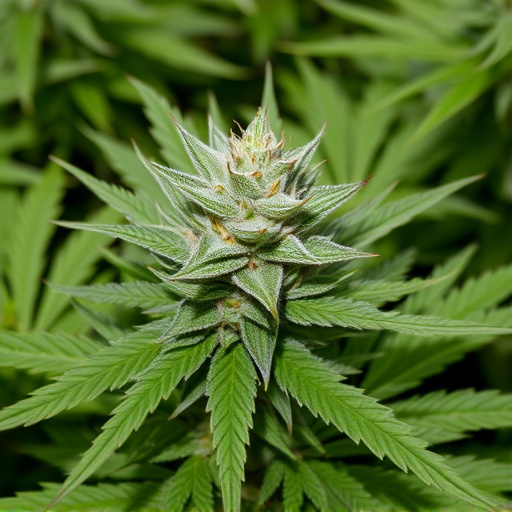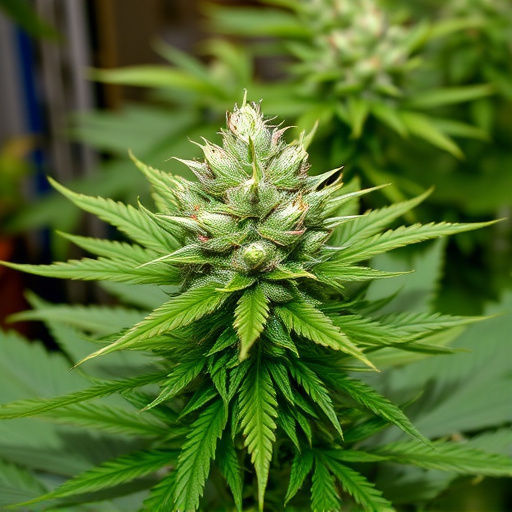Cannabis sativa strains offer diverse therapeutic benefits, from energizing sativas enhancing creativity to calming indicas for relaxation. Understanding strain characteristics and effects is crucial for selecting the perfect fit. Edible preparation involves methods like decarboxylation or infusing with cannabis oils, with CBD-dominant strains offering non-psychoactive options. Cooking with cannabis provides creative exploration, with innovative uses like cannabis-infused butter or pesto. Starting with small amounts allows gauging its impact and unlocking culinary possibilities.
Discover the art of culinary infusion with cannabis, a trend gaining popularity. This guide explores the best ways to incorporate the healing power of cannabis sativa strains into your cooking. From understanding different strains’ effects and terpene profiles to mastering safe infusion methods, we’ll equip you with knowledge. Learn effective techniques to create delicious, potent edibles while navigating the world of cannabis in food preparation.
- Understanding Cannabis Sativa Strains for Food Infusion
- Methods to Infuse Cannabis into Edibles Safely and Effectively
- Creative Ways to Incorporate Cannabis in Your Culinary Adventures
Understanding Cannabis Sativa Strains for Food Infusion
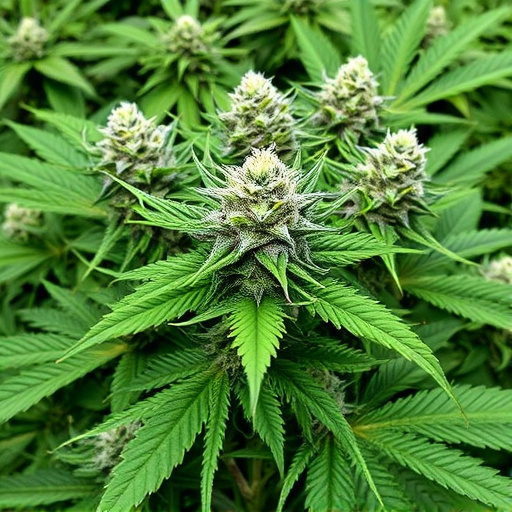
Methods to Infuse Cannabis into Edibles Safely and Effectively
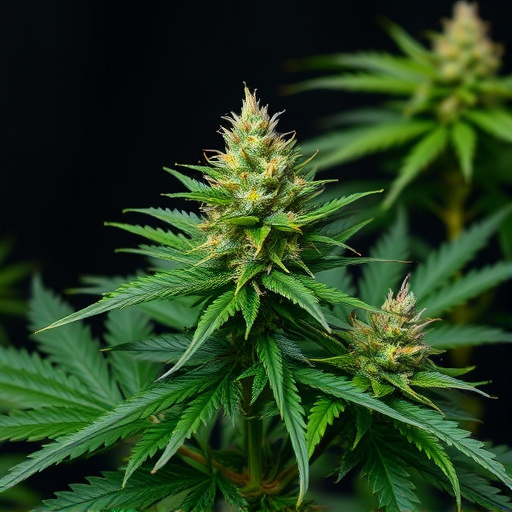
Infusing cannabis into edibles is an art that requires precision and safety. The most common methods involve either decarboxylation or submerging the desired edible in a cannabis-rich extract. Decarboxylation, which involves heating cannabis to activate its compounds, can be done by baking ground cannabis at low temperatures or using a decarboxylator for quicker results. This process prepares the cannabis for consumption and enhances its potency.
For a more targeted approach, submerging edibles in a cannabis-infused oil or butter is popular. This method allows for precise control over the strength of the final product. Cannabis sativa strains with higher CBD content are often preferred for edibles as they offer potential therapeutic benefits without the psychoactive effects of THC. Always start with a smaller dose and gradually increase to find your ideal infusion, ensuring safety and effectiveness in each bite.
Creative Ways to Incorporate Cannabis in Your Culinary Adventures
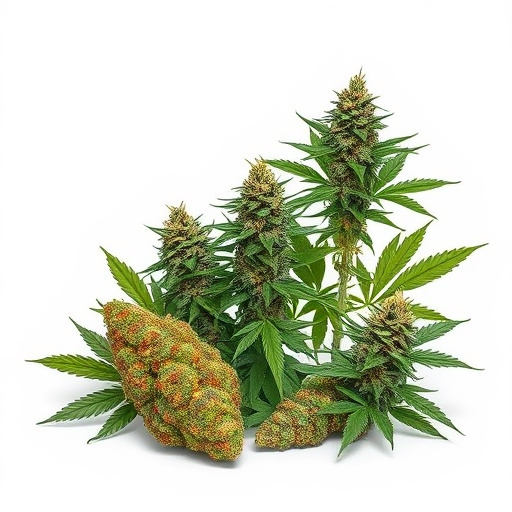
Incorporating cannabis into your culinary adventures can be a delightful and creative process, allowing you to explore new flavors while enjoying its therapeutic benefits. Beyond traditional cooking methods like baking or infusing oils, consider innovative ways to weave cannabis into your meals. For instance, craft cannabis-infused butter for a buttery, herbal kick in your morning toast or blend it into pesto for a unique twist on a classic pasta dish. Experimenting with different cannabis sativa strains offers a range of flavors and effects; a citrusy strain might brighten up a salad dressing, while a earthy one could enhance the depth of a stew.
Using cannabis in your cooking is an art, and getting the right dose is key. Start with small amounts to gauge its impact on your palate and desired sensation. Incorporate it subtly into recipes where its flavor can blend seamlessly, such as adding ground cannabis to your favorite savory balls or incorporating cannabis-infused honey into tea blends. These creative approaches not only elevate your cooking experience but also open doors to a world of culinary possibilities with cannabis.
Incorporating cannabis sativa strains into your culinary creations offers a unique twist to your cooking. By understanding different strains and their effects, you can safely infuse cannabis into food using various methods. From understanding the plant’s properties to exploring creative recipes, this journey allows you to explore a new dimension of gastronomy while adhering to safety standards. So, whether you’re a seasoned chef or a curious beginner, these techniques will help you navigate the world of cannabis-infused edibles with ease and enhance your culinary experiences.
